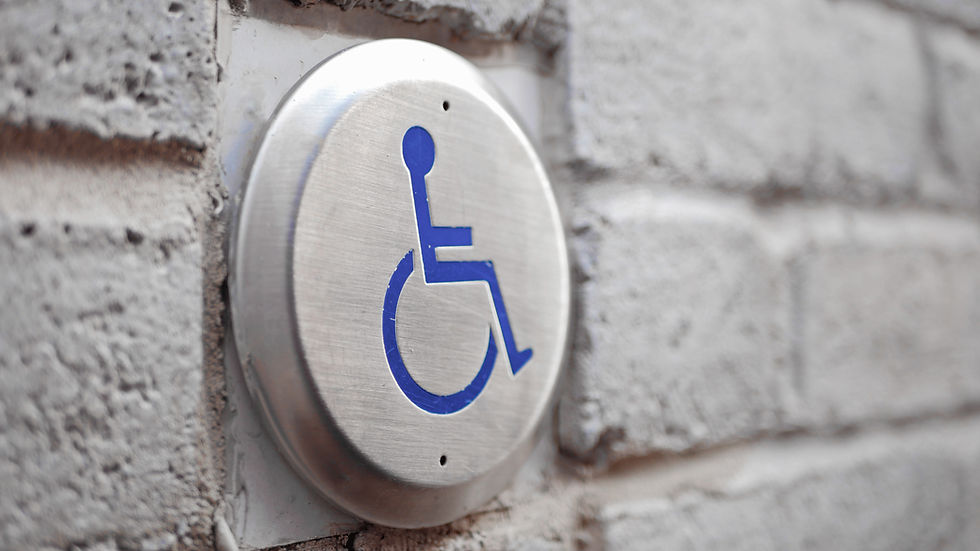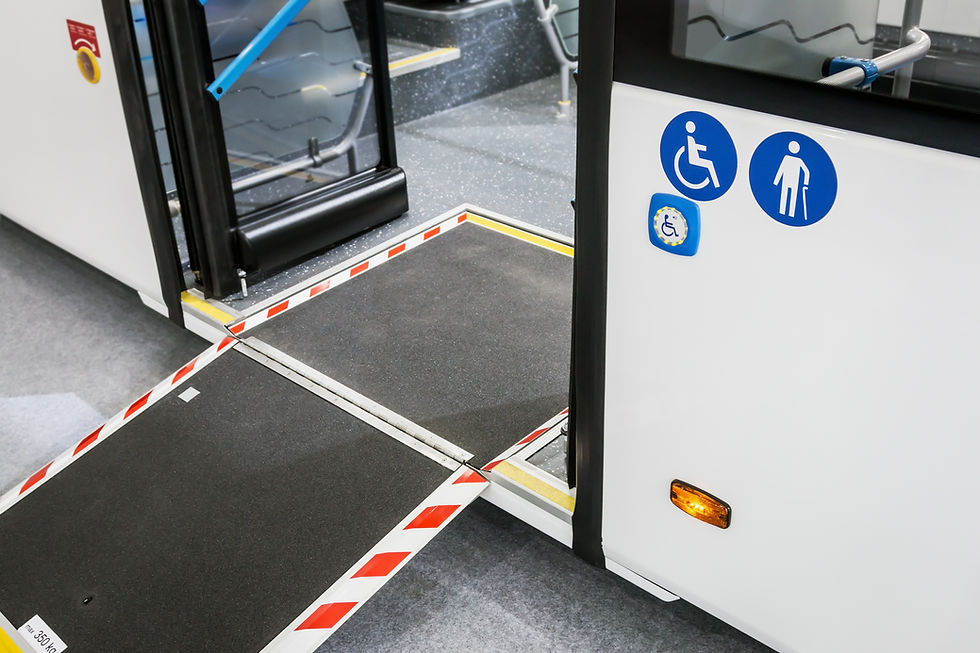In recent years, Poland has made significant strides in improving accessibility across various sectors, including transportation. For disabled travelers, navigating public transport systems can often pose challenges, but Poland has been actively working to ensure that everyone, regardless of ability, can access and utilize its transportation networks with ease.

Understanding Accessibility in Polish Transport
Accessibility in Polish transport encompasses a wide range of facilities and services designed to accommodate individuals with disabilities. These include physical infrastructure enhancements, specialized vehicles, staff training, and informational resources.
Public Transport Infrastructure
One of the most visible aspects of improved accessibility in Polish transport is the infrastructure itself. Many public transport stations and vehicles have been retrofitted or constructed with features such as ramps, elevators, tactile paving, and designated spaces for wheelchair users. This enables individuals with mobility impairments to navigate stations and board vehicles independently.

Specialized Vehicles
Polish transport authorities have also invested in specialized vehicles to cater to the needs of disabled travelers. This includes low-floor buses and trams equipped with ramps or lifts, making it easier for wheelchair users to board and alight safely. Additionally, some cities offer para-transit services for individuals whose disabilities prevent them from using conventional public transport.
Staff Training and Assistance
Ensuring that transport staff are trained to assist disabled travelers is essential for creating a welcoming and inclusive environment. Many transport operators in Poland provide training programs for their employees to familiarize them with the needs of different disability groups and teach them how to offer assistance sensitively and effectively.
Informational Resources
Accessible information is crucial for empowering disabled travelers to plan their journeys independently. In Poland, transport authorities have developed various informational resources, including websites, mobile applications, and printed materials, that provide details on accessible routes, facilities, and services. These resources often include features such as real-time updates, journey planners, and alternative formats for individuals with visual or cognitive impairments.

Challenges and Future Directions
While significant progress has been made, challenges remain in ensuring universal accessibility in Polish transport. Limited funding, outdated infrastructure, and cultural attitudes towards disability can hinder efforts to create truly inclusive transport systems.
Moving forward, continued investment in infrastructure upgrades, technology solutions, and awareness campaigns will be essential for addressing these challenges. Collaborative efforts involving government agencies, transport operators, disability advocacy groups, and the wider community will be key to driving positive change and fostering a more inclusive transport environment for all.
Conclusion
Accessibility in Polish transport is an ongoing journey towards inclusivity and equal opportunity for all travelers. Through targeted initiatives, investment in infrastructure, staff training, and informational resources, Poland is striving to create a transport system that meets the diverse needs of its population, including individuals with disabilities. By prioritizing accessibility, Poland not only enhances the travel experience for disabled individuals but also promotes social inclusion and equality across society.
Comments